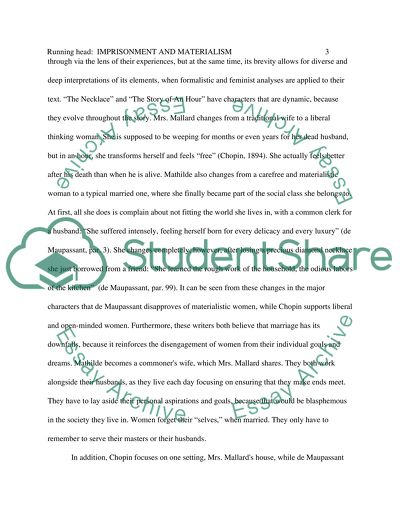Cite this document
(“Imprisonment and Materialism: de Maupassant's and Chopin's Criticisms Research Paper”, n.d.)
Retrieved from https://studentshare.org/literature/1430341-compare-and-contrast-two-works-of-litrature-that
Retrieved from https://studentshare.org/literature/1430341-compare-and-contrast-two-works-of-litrature-that
(Imprisonment and Materialism: De Maupassant's and Chopin'S Criticisms Research Paper)
https://studentshare.org/literature/1430341-compare-and-contrast-two-works-of-litrature-that.
https://studentshare.org/literature/1430341-compare-and-contrast-two-works-of-litrature-that.
“Imprisonment and Materialism: De Maupassant's and Chopin'S Criticisms Research Paper”, n.d. https://studentshare.org/literature/1430341-compare-and-contrast-two-works-of-litrature-that.


